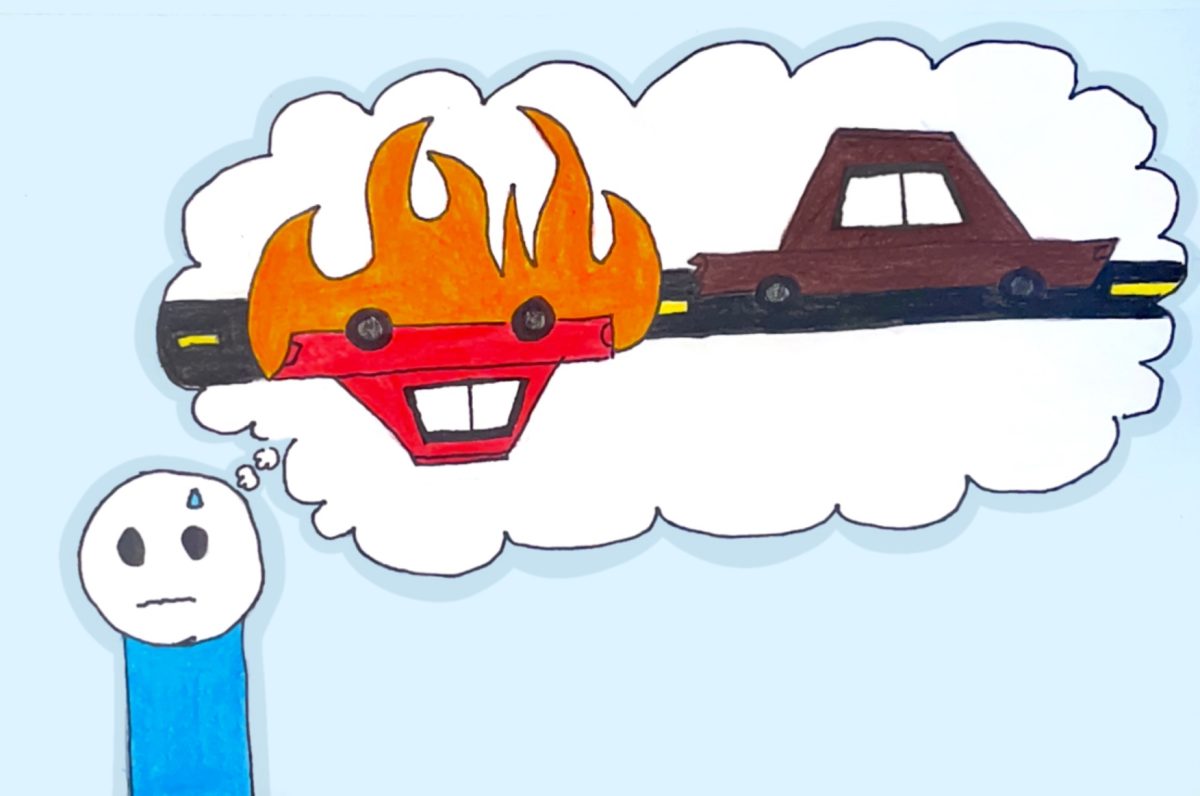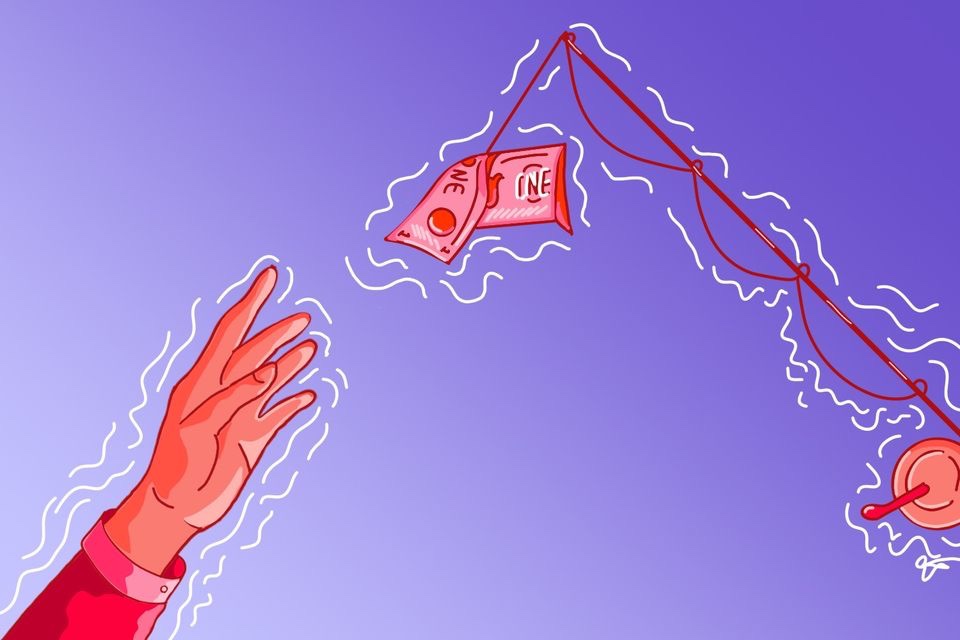In the environmental school at UVM it seems like we often hear the same messages over and over again.
The earth is warming, biodiversity is being lost, the population is 7.2 billion and counting—but there are also a number of ways these things can be resolved.
I do think there is something missing though. Something we don’t hear over and over again but should. It’s the importance of aesthetic design.
This is because design and evolution are so closely linked. The most delicious looking strawberry is the one that gets eaten, and later its seeds are spread. The peacock with the most magnificent tail is the one that gets the girl.
The wheat with the biggest kernels finds itself being planted by people all over the entire planet.
Design is not only a part of nature, it’s a force of nature. The best designs win—every time.
I think many of us forget that we are a part of nature and that these rules apply to us.
The music with the best rhythm, beat and vocals finds itself on the radio and the best TV shows become household names.
Producing environmentally friendly products is only the beginning of what we need to be doing.
To achieve the scale we need for environmental progress we need products that speak to the emotions of people, and not just their intellect.
The impeccably good design of an iPhone is what got it into the hands of people around the world, not the technology.
Design is often the difference between a product being adopted around the world or cast into the dustbin of obscurity.
Some companies are doing this unbelievably well.
IKEA is the world’s largest retailer of furniture, according to Forbes, and it is at the same time certifying millions of hectares of forest for the sustainable production of timber for use in their products.
Do you think of the environment when you think of IKEA though? Maybe not. You might think of a modern apartment or office space.
The auto manufacturer Tesla is an incredible example of design driving the desire for their products all around the world.
When you look at a Tesla do you think of a Prius? You probably compare it to a Mercedes or a BMW before a Prius.
I think Tesla’s cars are possibly the only environmentally friendly vehicles that the aesthetics and design shadow their added benefits of it being good for the environment.
This is the way it must be. Design can speak to all of us regardless of background or viewpoints.
Knowledge about environmental issues are not ingrained in us, but emotional knowledge is.
Go anywhere in the world and you will know what a smile means.
Design is a common language in that way, and when we are talking about global adoption of products that are good for the environment, we must understand if a product does not appeal to people, look good and function flawlessly, it will not be used.
If products don’t speak in a common language, they might not be successful.
Products that require prior knowledge are good, and they will help, but we can not expect large segments of the population to know all the ins and outs of environmentalism.
We can expect them, however, to have an intuitive understanding of good design, and that is the avenue environmentalists must tap into to be successful.
Educating the world about environmental issues is working and the trends are showing that it is.
But in addition to that we have to understand the importance of fashion, beautiful product design and things like striking architecture. The most delicious strawberry gets picked.
People can and will pick things that are much better for the environment, but the design must encourage them to do so.







